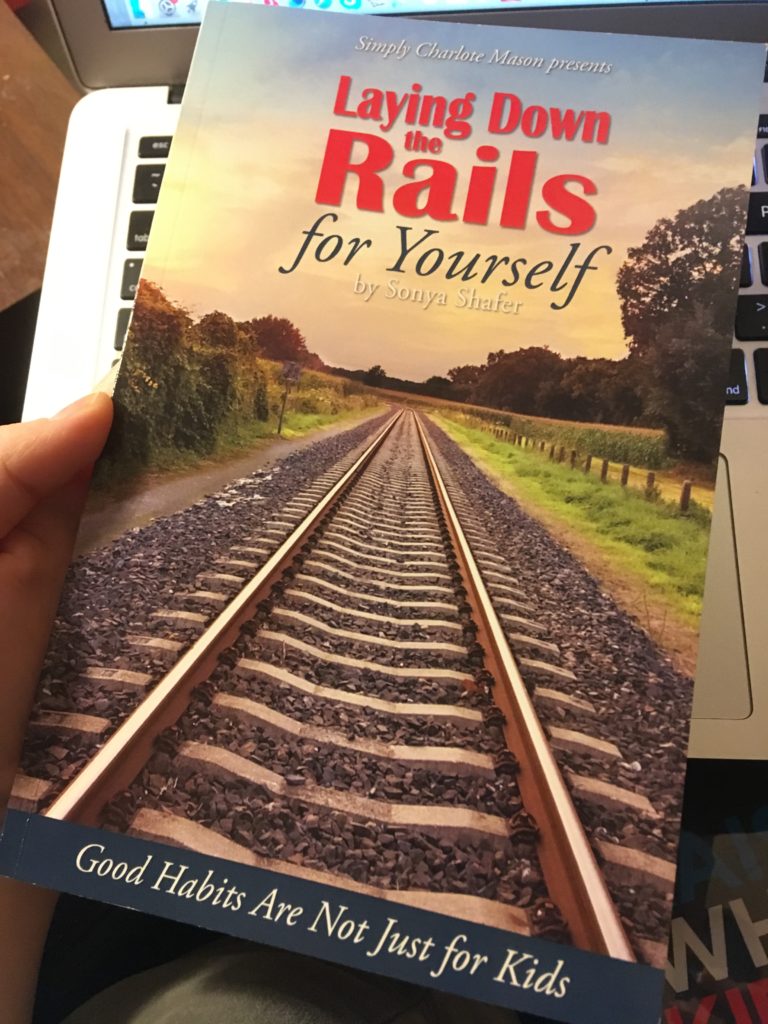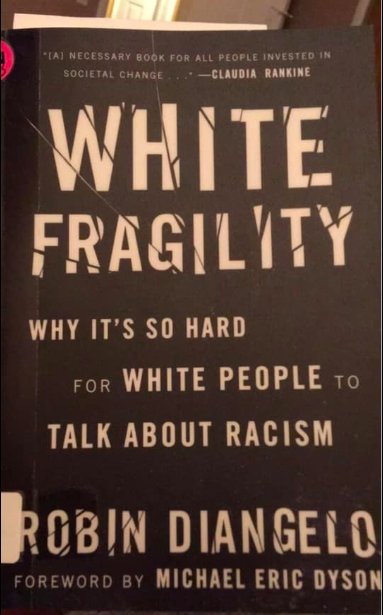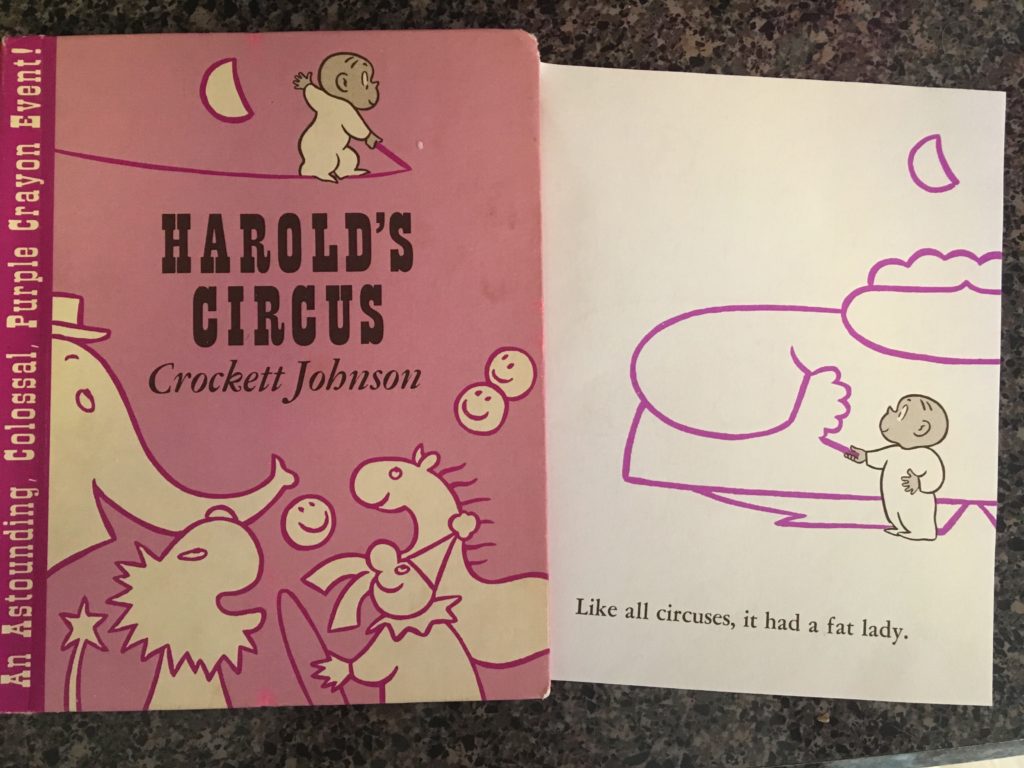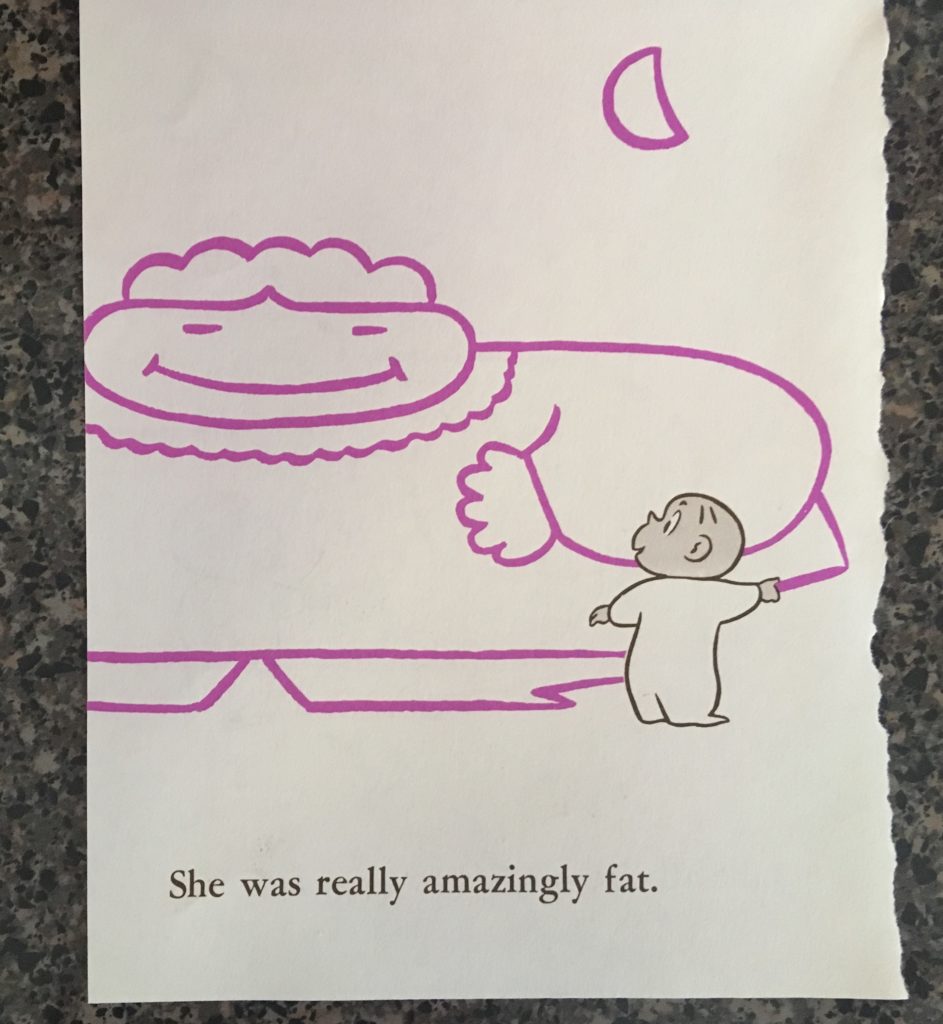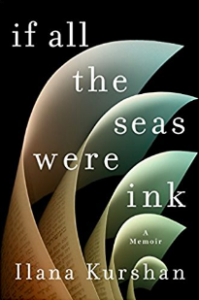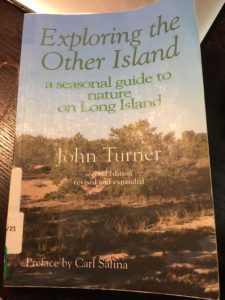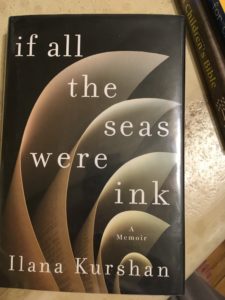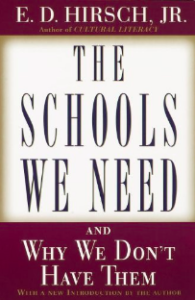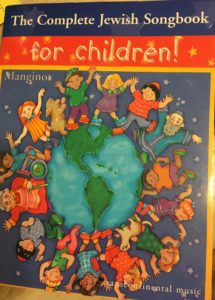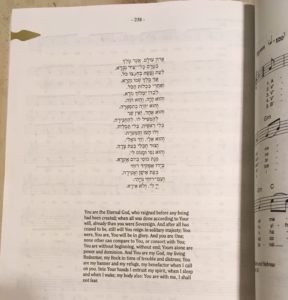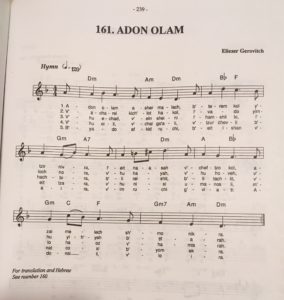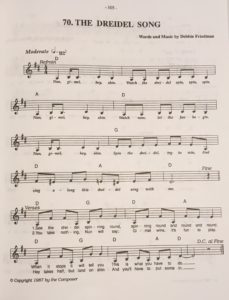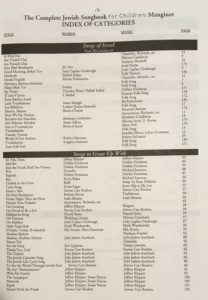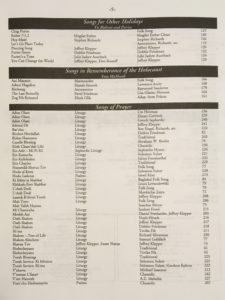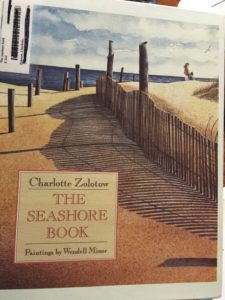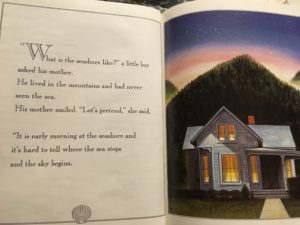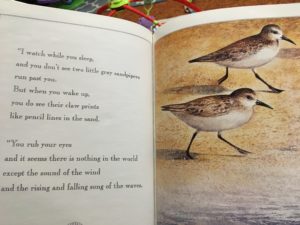Me: I’m not a crafty mom.
Also me: OMG MY KID IS ABOUT TO TURN 3 AND IS DRIVING ME INSANE AND THEN THIS HAPPENED
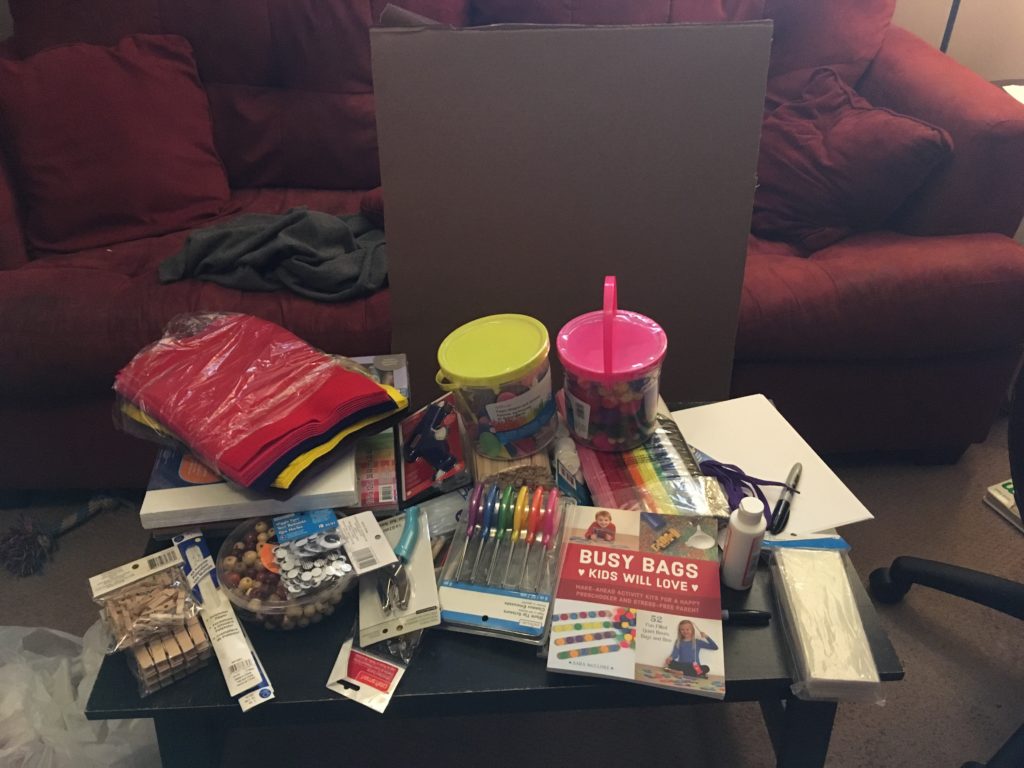
When I say I’m not crafty, I mean exactly that. Only about six weeks ago did I finally introduce my toddler to playdough. I am mess- and craft-averse.
Yet somehow I ended up in Michaels this morning buying this bunch of supplies (supplemented by some things I already had) and making a bunch of busy bags.
I guess I’m sort of officially a working mother now, besides the writing that gets done haphazardly. I work a few hours out of the home each week part of the year, so nothing too much. But I still have to find ways to keep my toddler busy without involving Daniel Tiger any more than I need to. (I used to be pretty much screen-free but now low-screen for the toddler only, and only Daniel Tiger. Because of ADHD, I try to be more limited with screens than I might otherwise have been.) The kids have a babysitter about half of the time, and the other half they come with me. Enter…busy bags.
I had heard of busy bags before but like I said, I’m craft-averse. Then I got this job and also heard the Homeschool Solutions podcast episode with Sara McClure: What to Do with Toddlers While Homeschooling.
Somehow I ended up purchasing this book.
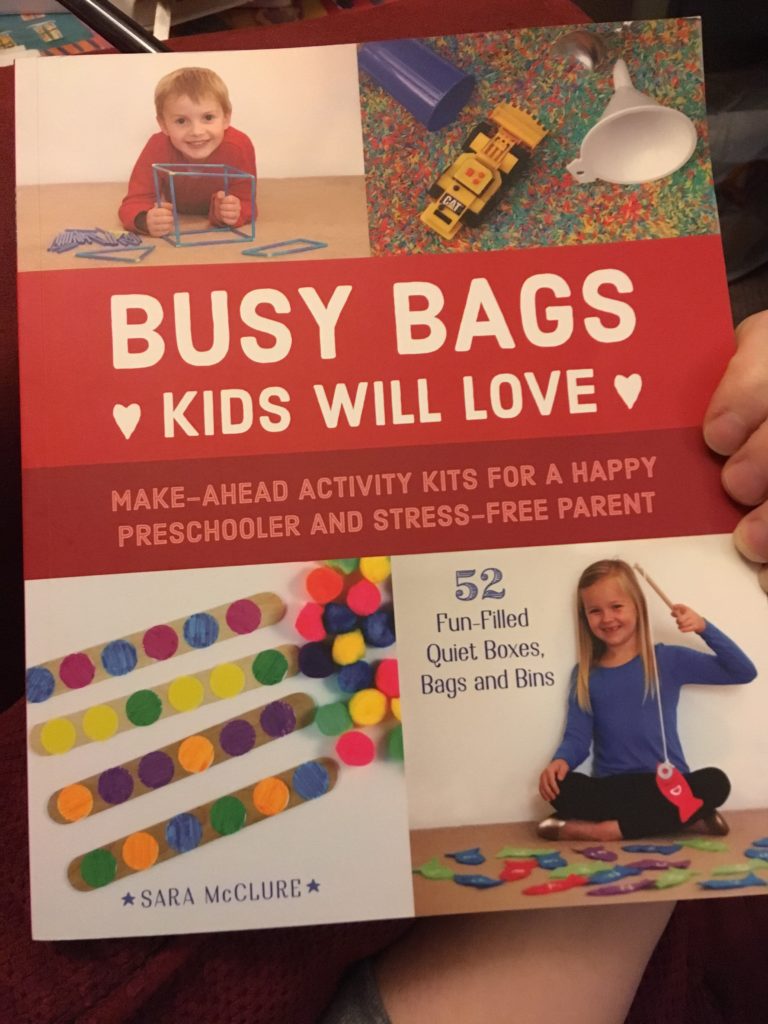
It was a good call.
I’ve made 8 bags so far and have supplies for many more, plus duplicates since so many of the packages have more supplies than I need. I’m still deciding what to do with the duplicate possibilities.
My precioooooous.
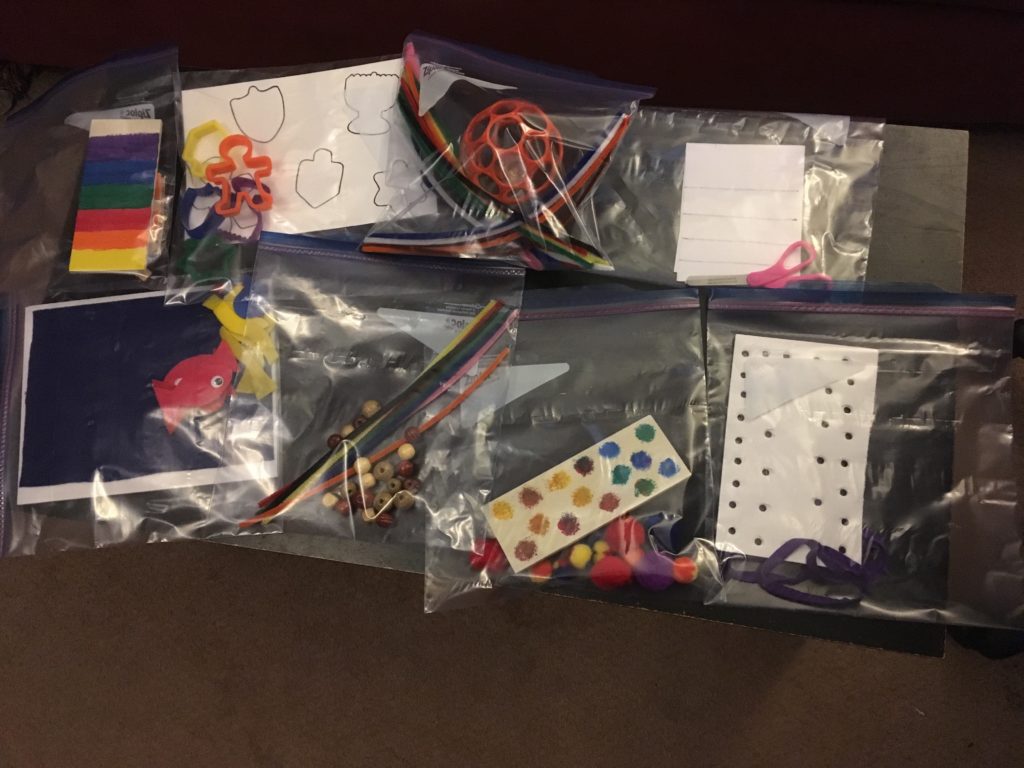
I put these 8 bags together, from opening packages to putting them in my purse in under 2 hours. While eating lunch and watching Atlanta (it’s a very good show if you have access to Hulu or FX!). And three involved PAINTING or glue!!
Sure, not every project resonated with me, but most felt do-able. She’s not ready for some of them, but I know they’ll be a good idea.
This afternoon, I taught the toddler how to “sew” with a shoelace. She also learned (tried to learn) to open a clothespin. I’m also ready to teach her how to scissors, which I’ve been avoiding for a long time. It doesn’t feel so intimidating anymore.
I highly recommend Busy Bags Kids Will Love!
